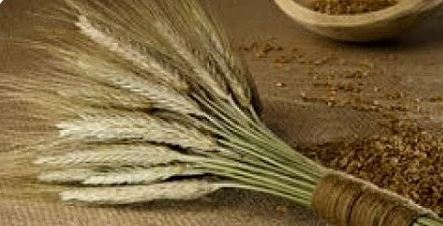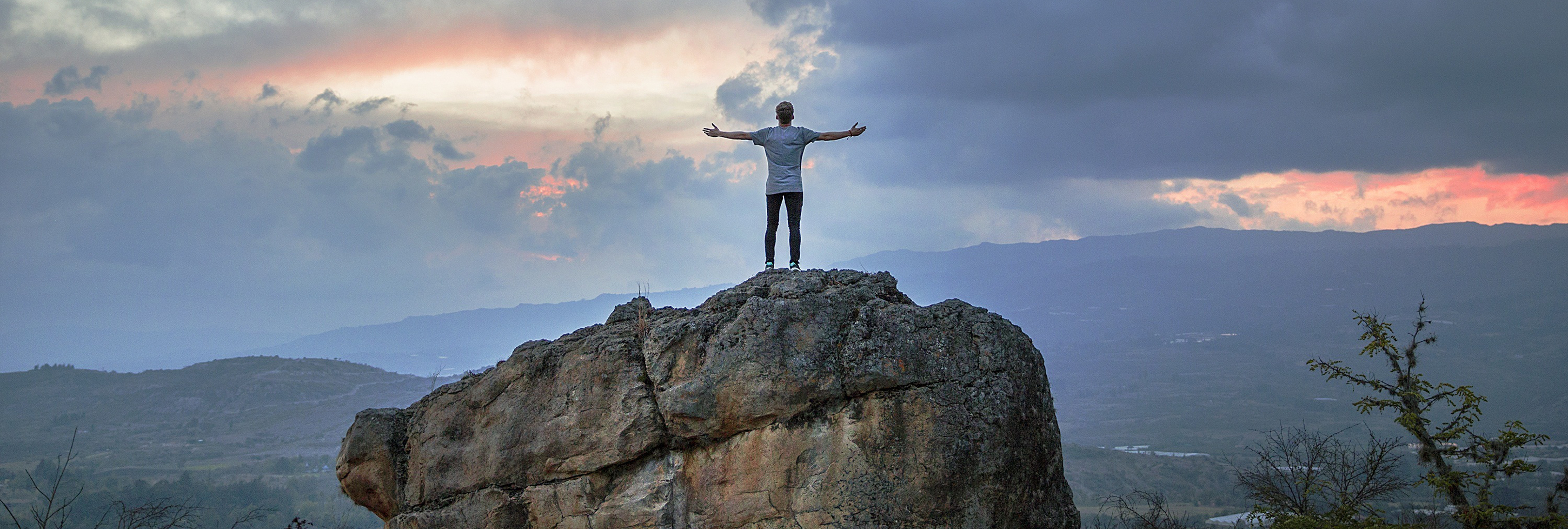The Feast Of Unleavened Bread is explained in the bible, in Exodus, Leviticus, Numbers and Deuteronomy. It is the second feast of God (Yahuah) and is a major seven-day feast. It is also associated with Passover and First Fruits or Wave Sheaf. However, over time, those Israelites of the Kingdom of Israel forgot all about it and those Judahites, the remnant of the Kingdom of Judea, confused the feasts and their dates.
Passover and the Feast Of Unleavened Bread became as one celebration and was called either Pesach or Pesah. There are some indications that the celebration started on the 10th day, when the unblemished lamb was selected.
The Feast Of Unleavened Bread follows Passover and begins at dawn on the 15th day Sabbath of Rest, in the first month of the New Year. Because the feast day falls on a Sabbath day, it becomes a High Sabbath Day. A High Sabbath Day is of the greatest significance between man and God (Yahuah), it is a day to glorify Yahuah.

The Almighty God (Yahuah), through Moses and his brother Aaron inflicted ten plagues upon Egypt. The 10th Plague of Egypt, “Death of the First Born”, began on midnight of the 14th day, Passover. Pharaoh Adikam was devastated due to the loss of his son. Bathia, Pharaoh Melol’s daughter who looked after Moses, although a first-born was saved from the plagues.
The first day of the Feast Of Unleavened Bread, the 15th day of the first month, was a solemn day. Egypt was grieving over the loss of their first-born. Their sins had fallen upon them. The Israelites who painted the blood of the lamb on their two doorposts and on the lintel of their houses were saved. The angel of death passed over them.
On this 15th day the Israelites celebrated their first Sabbath Day. They held a solemn assembly between dawn and dusk due to the grief all around them. In the evening, Bathia (Pharaoh Melol’s daughter) and her brother Pharaoh Adikam (Ahuz) went to see Moses and Aaron about the calamity that befell them. Moses explained that it was because Adikam and Egypt would not listen to the words of Yah. Adikam ordered that the children of Israel be sent away and asked them to pray to Yah for him.
The day after the Sabbath, the 16th day, Moses obtained the coffin of Joseph (Yosef) and took it with him. Also the children of Israel obtained the coffins of their tribal elders. Then the children of Israel sought to ask the Egyptians for silver and gold vessels and garments. They left Goshen that evening, so Moses’ Exodus from Egypt began.
Over time, the 16th day of the first month became known as First Fruits, then Wave Sheaf; it is the third feast of God (Yahuah). Passover, Unleavened Bread and First Fruits or Wave Sheaf are known as the Spring Time Feasts.
It began when Joshua (Yehoshua) camped in Gilgal on the plains of Jericho (Yeriẖo) and kept the Passover (on the 14th day) after forty years in the wilderness. They ate of the produce of the land on the day after the Passover (the 15th day), unleavened bread and parched (roasted) grain. Manna ceased on the next day (16th day) and the children of Israel no longer had manna, but they ate the food of the land of Canaan that year.
From this point in time, the first fruits of the harvest, mainly barley, was gathered and waved before God (Yahuah). It was usually gathered in sheaves and measured as an Omer of grain.

The Crucifixion of Yahusha (Son of Yahuah) took place about 9am on the 14th day of the first month. Yahusha died about 3pm. Joseph (Yosef) (an Arimathean disciple of Yahusha) asked Pilate for the body of Yahusha. Both Joseph (Yosef) and Nicodemus took Yahusha’s body to the tomb of Joseph (Yosef) and wrapped it in spices and linen cloth; this would have been between 4 and 8pm. Joseph (Yosef) then rolled a huge stone over the doorway and went away.
Mary Magdalene and Mary [(the mother of James) and Yahusha] sat opposite the tomb and saw where the body was laid. They returned home on the eve of Passover, this would have been around 7 to 8pm.
The first day of the Feast Of Unleavened Bread, the 15th day, is the day that the Messiah Yahusha, the Son of Yahuah (God), laid alone in the Tomb. The disciples didn’t comprehend that it was the Messiah’s mission to die for the sins of mankind. Despair, sorrow, heartbreak and discouragement overwhelmed them at his death. Crucifixion was a severe capital punishment for the worst offenders. Only by faith were the disciples held together.
The Messiah Yahusha rose on the first day of the week, after the Sabbath, the 16th day of the first month of the year. Yahuah (God) delivered His Son and vindicated His Law, which was berated by Lucifer. The resurrection of Yahusha gave mankind the hope of salvation and a life after death.
The death of the Messiah Yahusha is symbolic of Wave Sheaf, the offering of His Life. The resurrection of the Messiah Yahusha is symbolic of First Fruits, the promise of things to come for mankind. The followers of the Way of Yahusha, the Nazarene, then Natsarim, are considered to be His First Fruits.
First Fruits or Wave Sheaf occurs on the 16th day of the first month of the year. It is a time of rejoicing, thanks giving and hope. It is a day when you show your love and gratitude to both the Father (Yahuah) and His Son (Yahusha). It is the day that you celebrate to being independent from sin and open to the love of both Yahuah and Yahusha.
The first day of the Feast Of Unleavened Bread, the 15th day, is a memorial to the desolation and misery that mankind would have felt were it not for the love of the Father (Yahuah). The Law of God (Yahuah), the Ten Commandments, defines sin it doesn’t save you. Break God’s (Yahuah’s) Law and the punishment is death. That is why you must abide by the Ten Commandments.
But! You are not lost without any hope. The Father (Yahuah) sacrificed Himself through His Son (Yahusha) for the remittance of your sins. That is why you repent and pray to God (Yahuah) on a daily basis. If you are a believer, you are no longer under the weight of the Law, but are under God’s (Yahuah’s) grace of salvation.
The Feast Of Unleavened Bread is a seven-day spring feast (in the northern hemisphere). It begins on the 15th day and lasts until the 21st day of the first month. It is then followed by the 22nd day Sabbath of Rest.
During these seven days no leaven is to be consumed with ones meals. Leaven concerns yeast products that makes food rise and or puff up. Leavened bread represents sin and puffed up pride. Unleavened bread represents a sinless nature. It is indicative of sacrificing yourself from a sinful world and honouring God (Yahuah).
The Feast Of Unleavened Bread commemorates the Israelites deliverance from both bondage and the sins of Egypt. It also commemorates the grace of our salvation, when the Messiah Yahusha died on the cross taking the sins of mankind upon Himself. His death and resurrection gives us deliverance through repentance and prayer. So! Give glory to Yahuah (God) and celebrate the Feast Of Unleavened Bread.
The partaking of Unleavened Bread represents the body of the Messiah, his sinless nature and digesting his words. The partaking of Grape Juice (unfermented wine) represents the blood of the Messiah, his incarnation, sacrificial death, resurrection and atonement.
At all times, praise Yahuah (God), especially through the Sabbath Days and the Seven Feasts of God (Yahuah). Trust in God (Yahuah) and believe in the Son of God (Yahusha) for your salvation.

